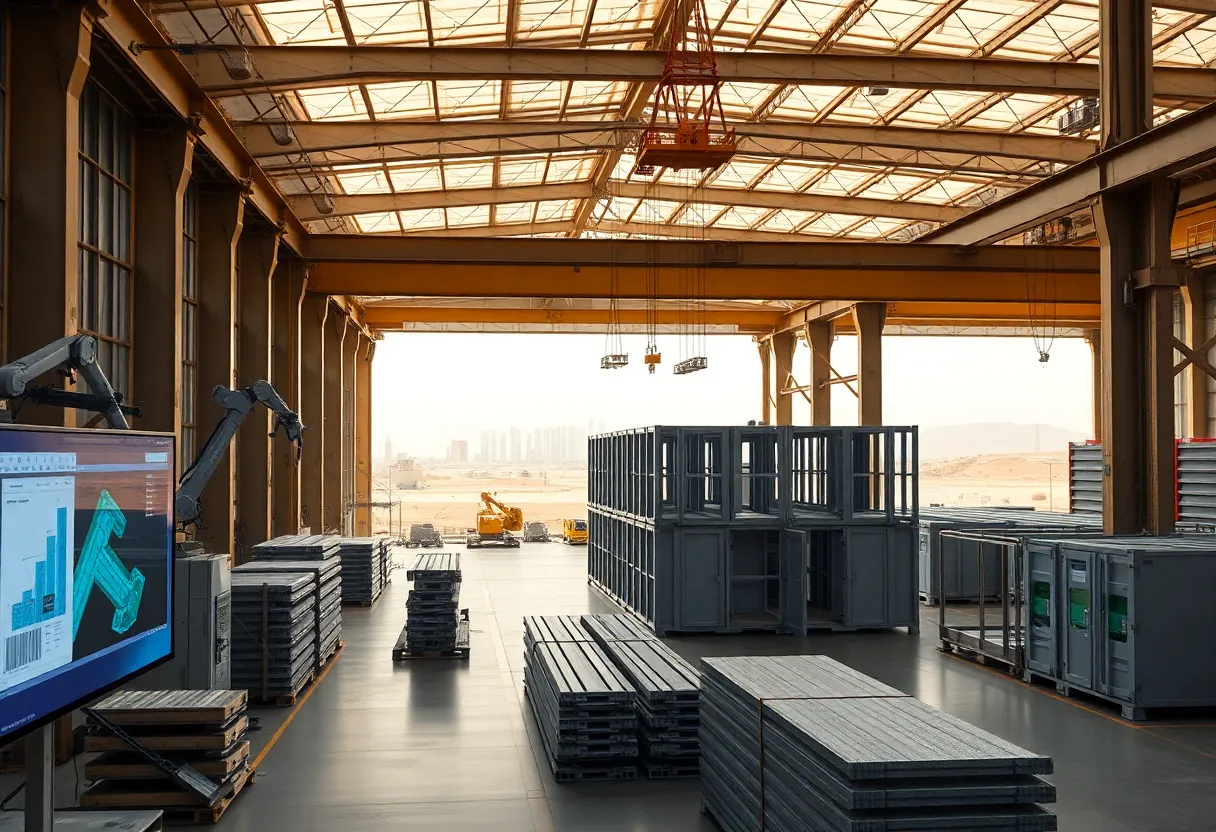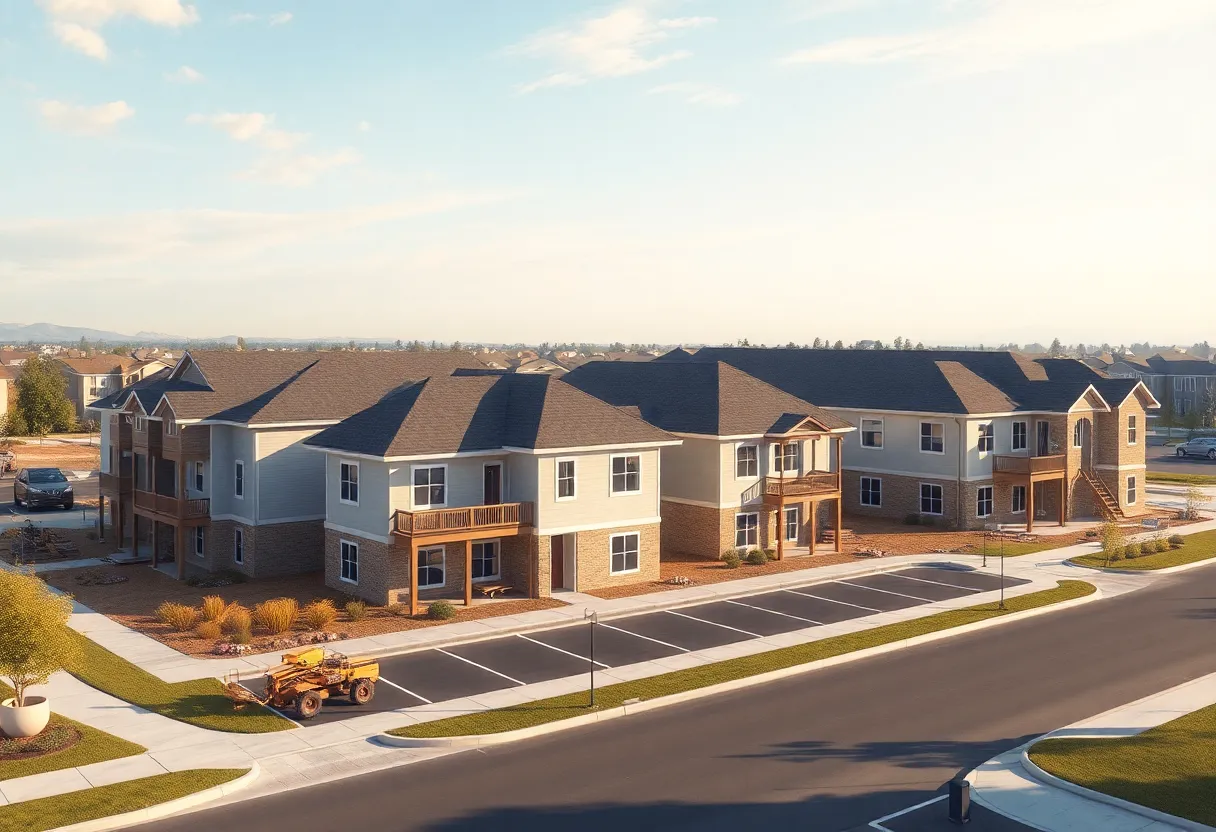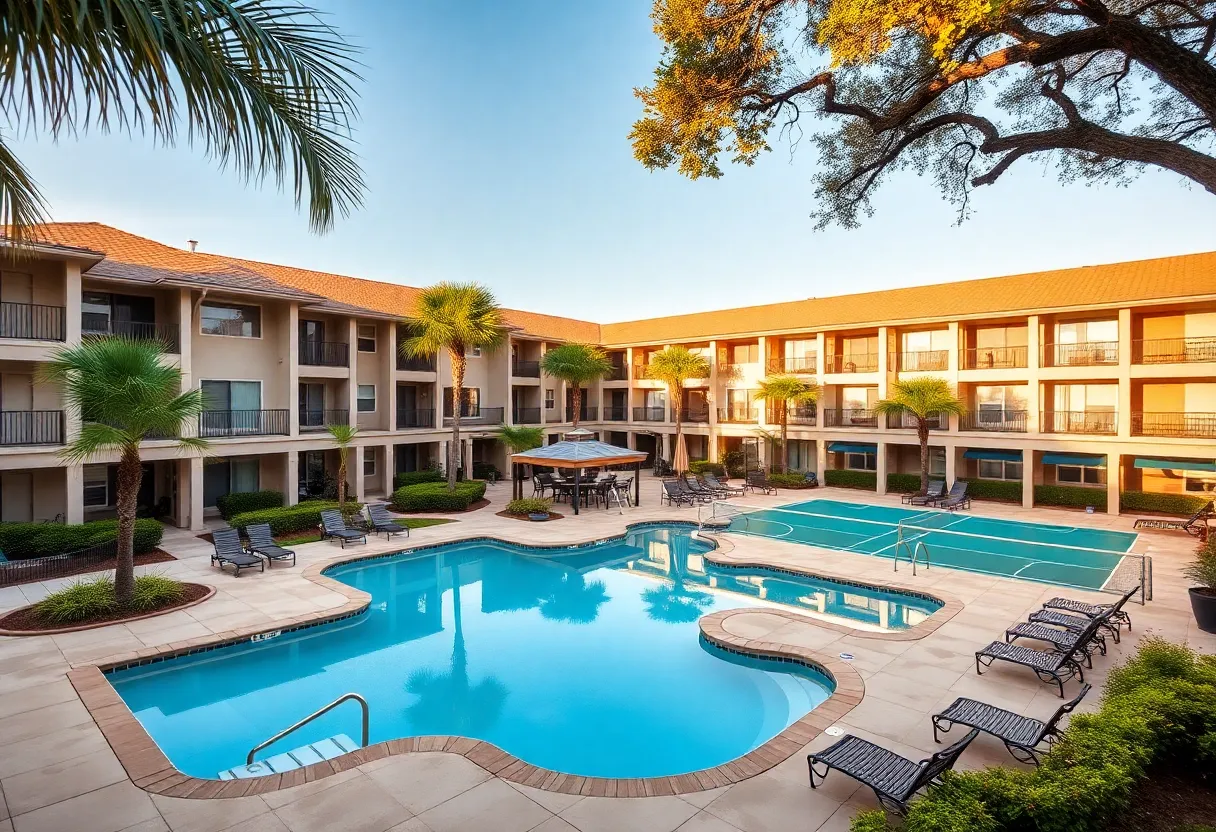Saudi Arabia, August 16, 2025
News Summary
The Saudi market for prefabricated buildings and structural steel is expanding as demand for faster, cost-efficient construction rises. Valued at $1.82 billion, forecasts project growth to $2.58 billion driven by housing needs, large government-led developments, logistics zones and investments in education and healthcare. Adoption of automated factory production, robotic assembly, 3D printing and BIM is improving quality and speed while reducing weather risk and on-site labor. Large modular plants and smart-city projects requiring rapid delivery are creating steady orders for modular components and steel frames, though volatile raw material prices and supply-chain limits remain constraints.
Saudi Arabia Prefabricated Building and Structural Steel Market: 2024 Snapshot and 2033 Outlook
The Saudi Arabia prefabricated building and structural steel market stood at USD 1.82 billion in 2024 and is forecast to grow to USD 2.58 billion by 2033, implying a CAGR of approximately 3.73% for 2025-2033. This trajectory reflects a healthy pace for a market tied to urban housing needs and ambitious national programs, with a broad push across infrastructure, housing, and city development initiatives.
Urban housing demand and mega-project investments are the dominant forces shaping this market. Rapid urban expansion in Saudi Arabia is driving demand for faster, more efficient construction methods, while high-profile projects under the Vision 2030 umbrella, including the Jeddah Waterfront, NEOM City, and Entertainment City, are accelerating the shift toward prefabricated structures and steel solutions. Large-scale developments require innovative construction methods that can meet tight timelines without compromising quality.
Technology-led improvements are cited as key enablers of growth. Advances in automated manufacturing, 3D printing, and building information modeling (BIM) are transforming how prefabricated buildings are designed and produced. These digital tools improve accuracy and quality management, expand customization options, and support better resource management and scheduling. The integration of these tools reduces weather-related delays by moving substantial portions of the build off-site and speeds up overall project delivery while maintaining high standards.
Notable developments illustrate the pace of adoption. Tilal Real Estate unveiled the 268,000 square meter Heart of Khobar smart city initiative in 2024, featuring hotels, offices, shopping centers, parks, cinemas, and thousands of parking spaces. The project demonstrates how contemporary prefabrication methods and steel frameworks can support complex, mixed-use urban environments. In the education sector, the Wave 2 Public-Private Partnership phase 1 concluded with the establishment and management of 60 public schools in Medina, underscoring the suitability of prefabricated structures for large, time-critical educational facilities.
In the housing domain, a 200,000 square meter modular production facility in Riyadh was inaugurated in 2025 by a major contractor to support the Sedra housing project. The facility leverages robotics and digital technologies to boost modular construction efficiency, contributing to sustainable and affordable housing options. This kind of off-site production helps shorten construction schedules, reduce waste, and improve on-site workflow management for large-scale housing programs.
Beyond Saudi Arabia, a broader GCC context shows strong and growing demand for structural steel fabrication. A separate regional market study places the GCC structural steel fabrication market at USD 10.11 billion in 2024, with an expected rise to USD 13.79 billion by 2030 and a CAGR of 5.15%. The region’s ongoing urbanization, coupled with mega-projects in Saudi Arabia, the United Arab Emirates, and Qatar, supports the shift toward prefabricated components and steel assemblies in commercial, industrial, and residential projects. The move toward prefabrication and smart construction technologies aligns with regional diversification and sustainability goals, including major initiatives such as Vision 2030, Expo-style events, and other large-scale developments like NEOM and related urban clusters.
Market dynamics also point to challenges. Fluctuating raw material prices, coupled with limited domestic steel production in the GCC, create exposure to global supply chains, tariffs, and currency shifts. These factors can impact project budgets and timelines, particularly for fixed-price contracts. In response, firms are adopting strategies such as diversified supplier networks and more sophisticated procurement tools, while continuing to advance CAD, CAM, BIM adoption, and automation—including robotic welding, CNC machining, and laser cutting—to boost productivity and quality control. IoT-driven process monitoring and predictive maintenance are gaining traction, supporting reliability in large-scale fabrication and on-site assembly.
Industry watchers note continued growth in education and healthcare infrastructure as a major driver for prefabricated and steel-based solutions. The Saudi government’s ongoing investments in PPP-backed education and healthcare facilities reinforce demand for faster, cost-efficient construction methods. The expansion of logistics infrastructure, including a 2024 commitment of USD 2.66 billion to create 18 new logistics zones with a target of 59 zones by 2030, underlines the role of rapid, scalable construction methods in enabling Saudi Arabia to position itself as a global logistics hub. These zones demand swift, economical construction techniques that prefabrication and steel can provide, ensuring quick deployment and scalable capacity as logistics networks grow.
Industry observers also point to education and healthcare as sectors benefiting from prefabricated approaches. The strategy to mobilize PPP models in education and the development of modern healthcare facilities creates pockets of demand for standardized, repeatable, high-quality building components. In parallel, the private sector in education and housing is integrating prefabrication to meet ambitious timelines while maintaining budget discipline, especially in high-density urban areas where space constraints and rapid population growth demand rapid delivery with predictable costs.
Regional context and technological momentum
On a regional level, the structural steel fabrication landscape in the GCC is supported by sustained investments in infrastructure and urban renewal. The push toward modular construction, integrated BIM workflows, and digitized manufacturing aligns with regional strategies aimed at improving efficiency, reducing waste, and delivering complex projects on schedule. The region’s market dynamics underscore the importance of adaptable steel solutions, lightweight yet strong components, and off-site fabrication to meet the region’s ambitious development timelines.
Key drivers and supply conditions
Growth is shaped by a combination of housing demand, city-building programs, and the push for smart, sustainable construction. While technology offers avenues to improve efficiency and quality, market respondents emphasize the importance of managing material costs and ensuring stable supply to sustain long-term project plans. The overall environment remains favorable for prefabricated buildings and structural steel, provided that fabricators continue to leverage digital design, automated manufacturing, and scalable off-site production to meet aggressive schedules and high standards.
Notable cross-border collaboration and market expansion
Industry activity includes collaborations and expansions in regions where demand for rapid, high-quality construction is rising. The combination of smart city ambitions, large-scale housing, and modern infrastructure projects reinforces the case for prefabricated building components and steel frameworks as core enablers of Saudi Arabia’s broader development goals and the GCC’s growing infrastructure footprint.
FAQ
What is the current size of the Saudi Arabia prefabricated building and structural steel market?
The market reached about USD 1.82 billion in 2024.
What is the projected size by 2033?
Projected market size is approximately USD 2.58 billion by 2033.
What is the expected growth rate?
The expected CAGR from 2025 to 2033 is around 3.73%.
What are the main growth drivers?
Key drivers include growing urban housing demand, mega-project investments under Vision 2030, and major developments such as NEOM City, Jeddah Waterfront, and Entertainment City, along with expanded education and healthcare infrastructure.
How are technology and digital tools affecting construction?
Advances in automated manufacturing, 3D printing, and BIM enhance design accuracy, quality control, customization, and resource management, enabling faster schedules and more efficient project delivery.
Can you name some notable projects or facilities?
Examples include the Heart of Khobar smart city initiative (268,000 sqm) and a 200,000 sqm modular production facility in Riyadh supporting Sedra housing. Medina’s Wave 2 PPP phase 1 delivered 60 public schools. A modular facility supports large-scale housing development in Riyadh to support Roshn’s Sedra project.
What is the GCC regional context for structural steel fabrication?
The GCC structural steel fabrication market was valued at USD 10.11 billion in 2024 and is projected to reach USD 13.79 billion by 2030, with a CAGR of about 5.15%, reflecting broad infrastructure-driven demand.
What challenges affect the market?
Challenges include fluctuations in raw material prices, limited domestic steel production leading to import dependency, and potential price-related project budgeting pressures. Firms are adopting diversification and procurement strategies to mitigate risks.
What role do logistics and infrastructure play?
Strategic investments in logistics zones and related infrastructure create demand for rapid, scalable construction methods, with prefabrication and steel as preferred options for quick deployment.
Key features at a glance
| Feature | Description |
|---|---|
| Market size (2024) | USD 1.82 billion for Saudi Arabia prefabricated building and structural steel market |
| Projected size (2033) | USD 2.58 billion |
| Forecast period CAGR | Approximately 3.73% for 2025-2033 |
| Primary growth drivers | Urban housing demand, Vision 2030 mega-projects, NEOM, Jeddah Waterfront, Entertainment City, and expanded education/healthcare infrastructure |
| Technology impact | Automation, 3D printing, BIM; improved accuracy, quality, customization, and scheduling |
| Notable projects/facilities | Heart of Khobar smart city (268,000 sqm); 200,000 sqm Riyadh modular facility for Sedra housing; Medina 60 schools; CHEC modular facility |
| Regional context (GCC) | GCC structural steel fabrication market valued at USD 10.11B in 2024; projected to USD 13.79B by 2030; CAGR 5.15% |
| Key challenges | Raw material price volatility; import dependency; budgeting pressures on fixed-price contracts |
| Logistics and infrastructure role | Massive investments in logistics zones; 59 zones targeted by 2030; rapid construction methods favored |
Deeper Dive: News & Info About This Topic
Additional Resources
- GlobeNewswire: GCC Structural Steel Fabrication Industry Report (2025)
- Wikipedia: Structural steel
- TechCrunch: Mighty Buildings raises $52M to build 3D-printed prefab homes
- Google Search: 3D printed prefab homes Mighty Buildings
- Global Construction Review: Swedish firm to build 2,174 apartments for Saudi’s NEOM
- Google Scholar: NEOM prefabricated housing Saudi Arabia
- LuxuryLaunches: Sindalah transformation (NEOM)
- Encyclopedia Britannica: Sindalah NEOM
- ConstructionBriefing: 17 of Saudi Arabia’s biggest construction megaprojects
- Google News: Saudi construction megaprojects prefabrication





